Jacques Leguerney: Sonate for piano and flute
 Instant Download
Instant Download
Details
Description
SKU: A0.533323
Composed by Jacques Leguerney. 20th Century,Concert,Standards. Score and part. 25 pages. Musik Fabrik Music Publishing #2343129. Published by Musik Fabrik Music Publishing (A0.533323).Sonate pour piano et flûte
I. Andantino spirituoso
II. Pas trop lent
III. Vif
Dates de composition : décembre, 1926 - octobre, 1927
The Sonata for Piano and Flute (Sonate pour piano et flûte) was composed for Claude Desanges, a school mate of the composer. The only known performance was an informal one at the Parisian apartment of Leguerney’s parents. Leguerney’s mentor and dear friend, Thérèse Cahen, accompanied Desanges.
The Sonata is dedicated to Michel Jomier, Leguerney’s close friend, who also wrote several poems that Leguerney set during his early period of exploratory compositions. Part of the handwritten dedication is illegible, it reads “To Michel Jomeir, in memory of ?” and there we can only guess at the rest. There are several autograph manuscripts on deposit at the Département Musique of the Bibliothèque National in Paris. These manuscripts are the property of the Leguerney Estate, and are identified by a code starting with OL. OL11 is a full-score rough draft with several corrections, indicated by hatch-marks. It is dated 1 October 1927. At the end of the 1st movement, the last quarter notes in the piano part are marked with a slur going over the final double bar, indicating that the sound should continue to resonate. There is a fermata over this ending double bar in both the flute and piano parts, which implies that the 2nd movement should continue immediately. This mark is eliminated in OL11A. The 2nd movement also has slurs over the final notes, indicating a segue to the 3rd and final movement. There are fermatas over the final chords of the 2nd movement as well. These are eliminated in OL11A. The 2nd movement is
dated 29 October 1927 and the 3rd movement is dated 9 December 1926. OL11A is a cleanly copied full-score autograph manuscript where the title is Sonate pour Piano et Flûte en 3 Mouvements. Andantino spiritoso, Pas trop lent, Vif. (Sonata for Piano and Flute in 3 Movements. Andantino spiritoso, Pas trop lent, Vif.) OL11B is a clean copy of the flute part. Although unsigned, it appears to be an autograph manuscript. The breath marks placed into the Musik Fabrik edition are written in pencil in both OL11B and OL11C. OL11C is a flute part that appears to be used. It is worn, has some paste overs and penciled-in cues in the 2nd movment, as well as some breath marks and nuance indications. This seems to be a working
copy for a performance or reading. The editor thinks that OL11B is the final draft, written out after OL11C was used for a performance. This edition is based upon all of these sources, using the full score of OL11A and the flute score OL11B as the final thoughts of the composer.
This product was created by a member of ArrangeMe, Hal Leonard’s global self-publishing community of independent composers, arrangers, and songwriters. ArrangeMe allows for the publication of unique arrangements of both popular titles and original compositions from a wide variety of voices and backgrounds.
Digital Downloads are downloadable sheet music files that can be viewed directly on your computer, tablet or mobile device. Once you download your digital sheet music, you can view and print it at home, school, or anywhere you want to make music, and you don’t have to be connected to the internet. Just purchase, download and play!
PLEASE NOTE: Your Digital Download will have a watermark at the bottom of each page that will include your name, purchase date and number of copies purchased. You are only authorized to print the number of copies that you have purchased. You may not digitally distribute or print more copies than purchased for use (i.e., you may not print or digitally distribute individual copies to friends or students).
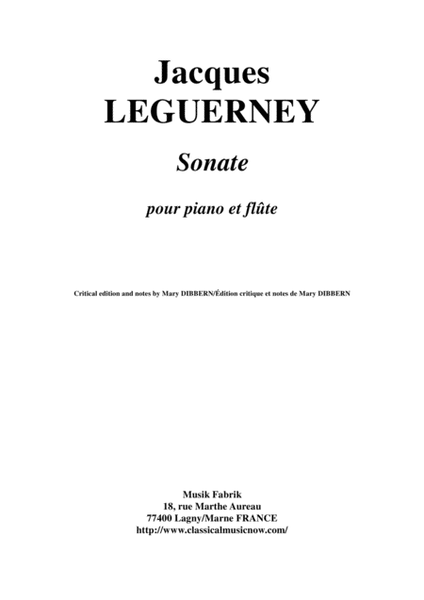
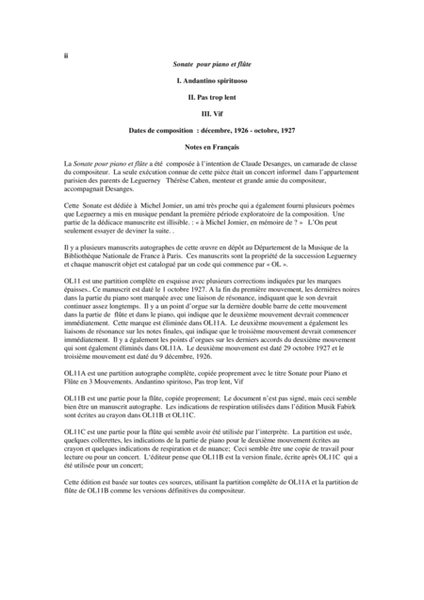
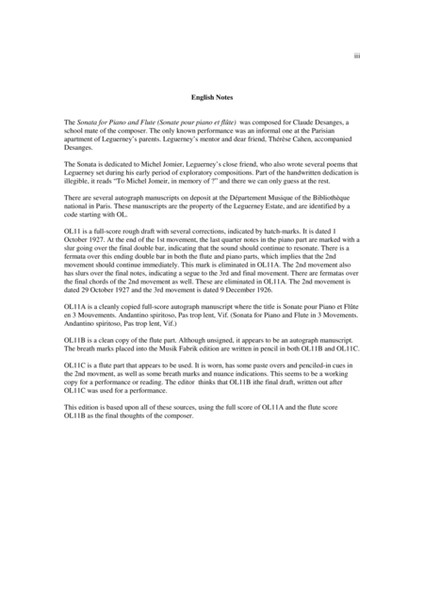
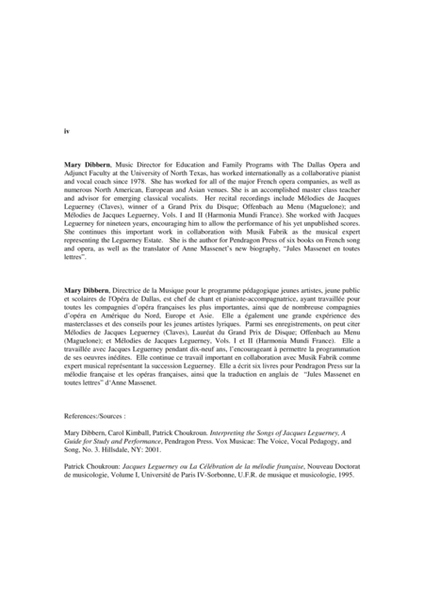
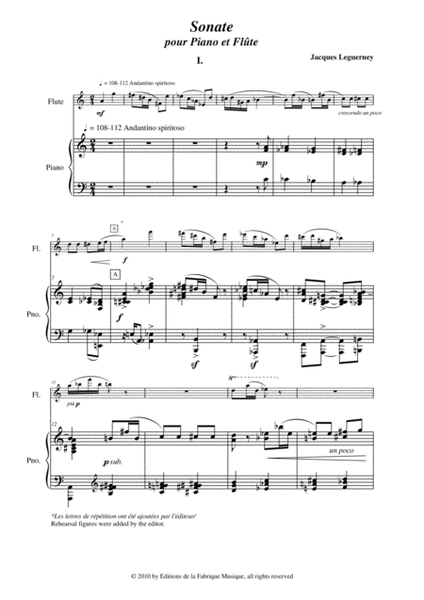
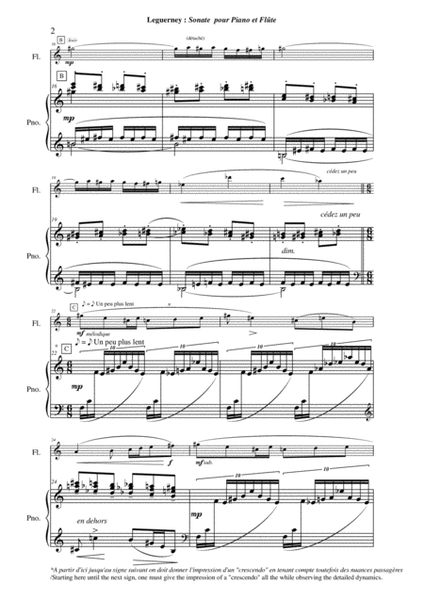
 Share
Share